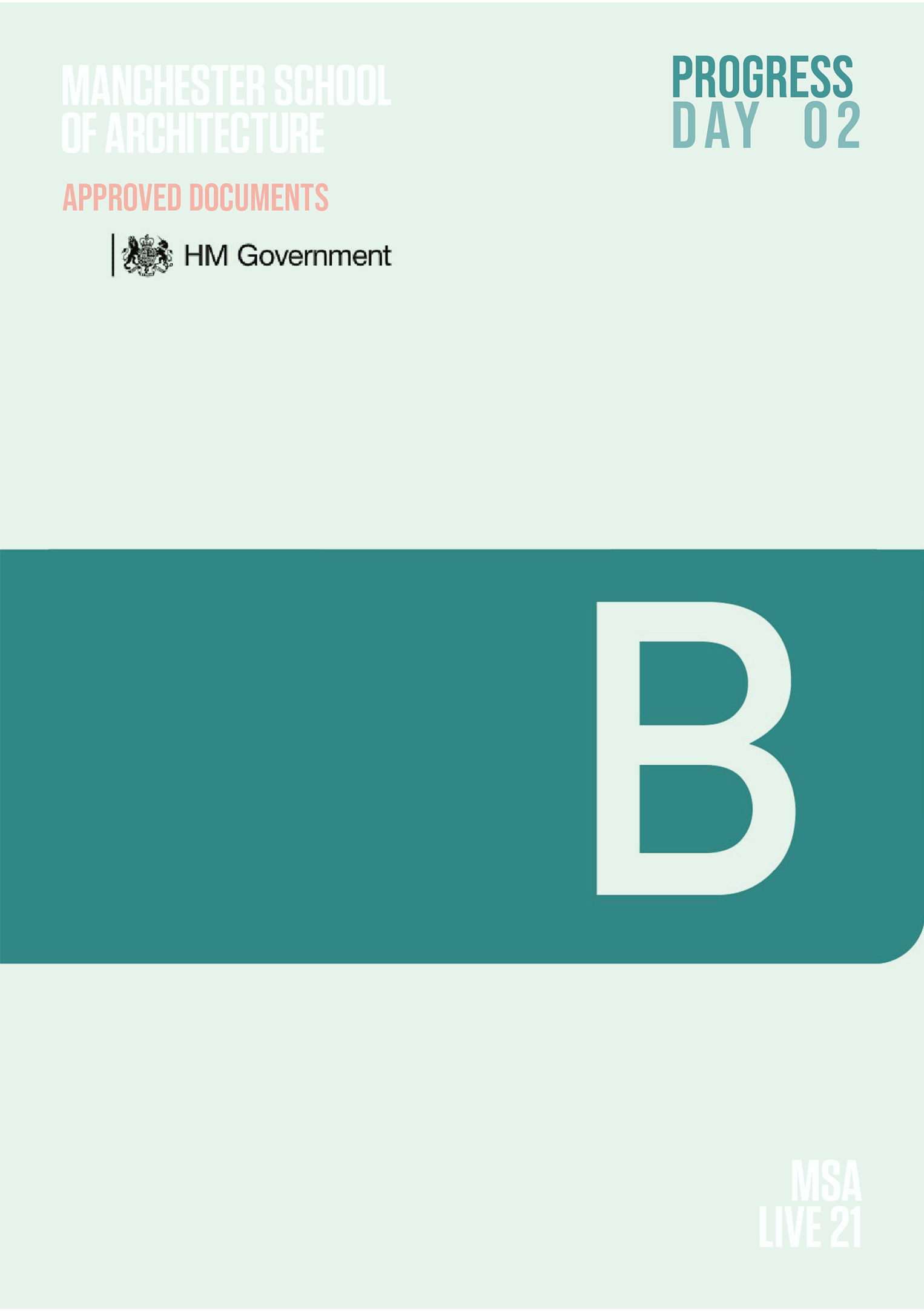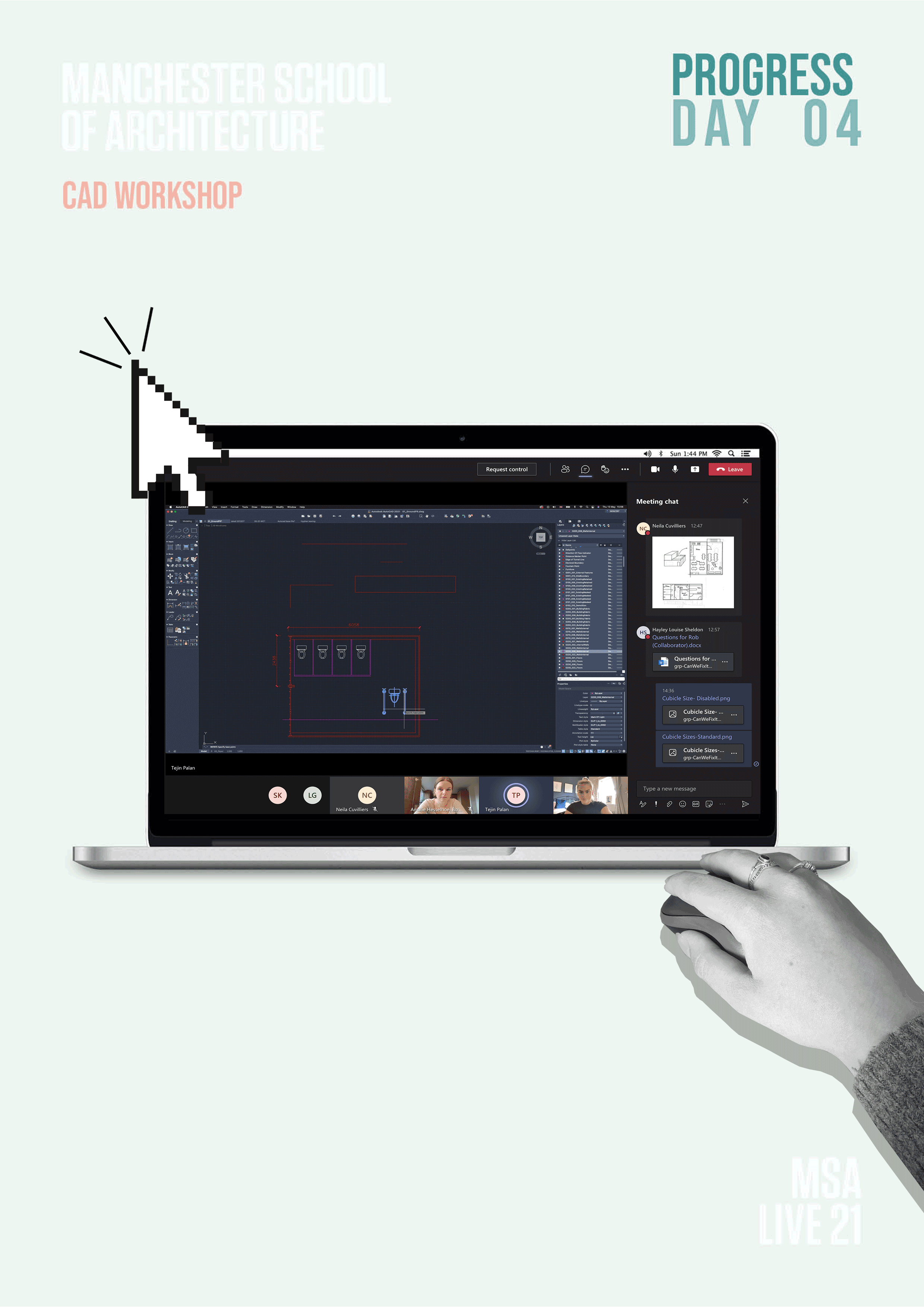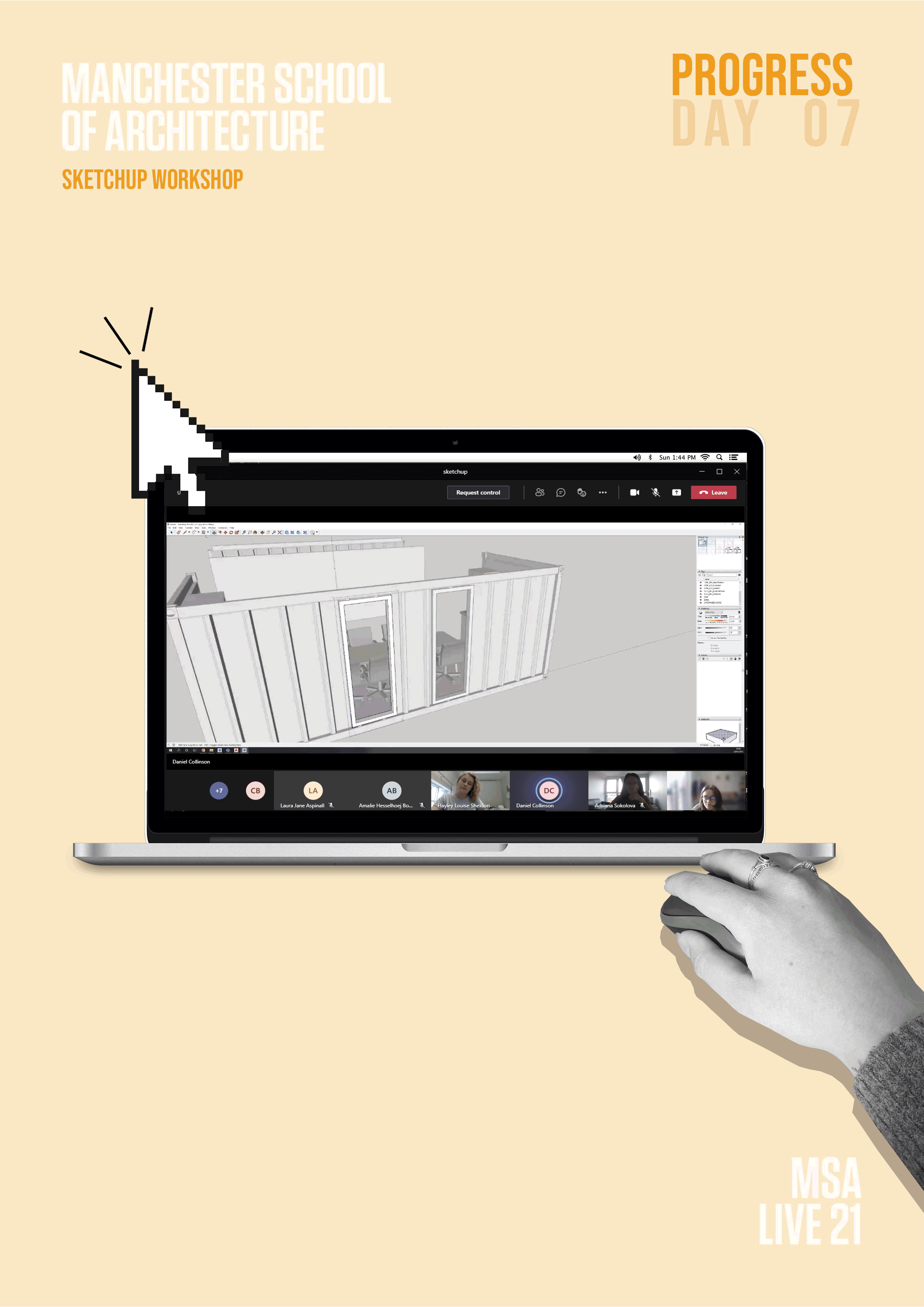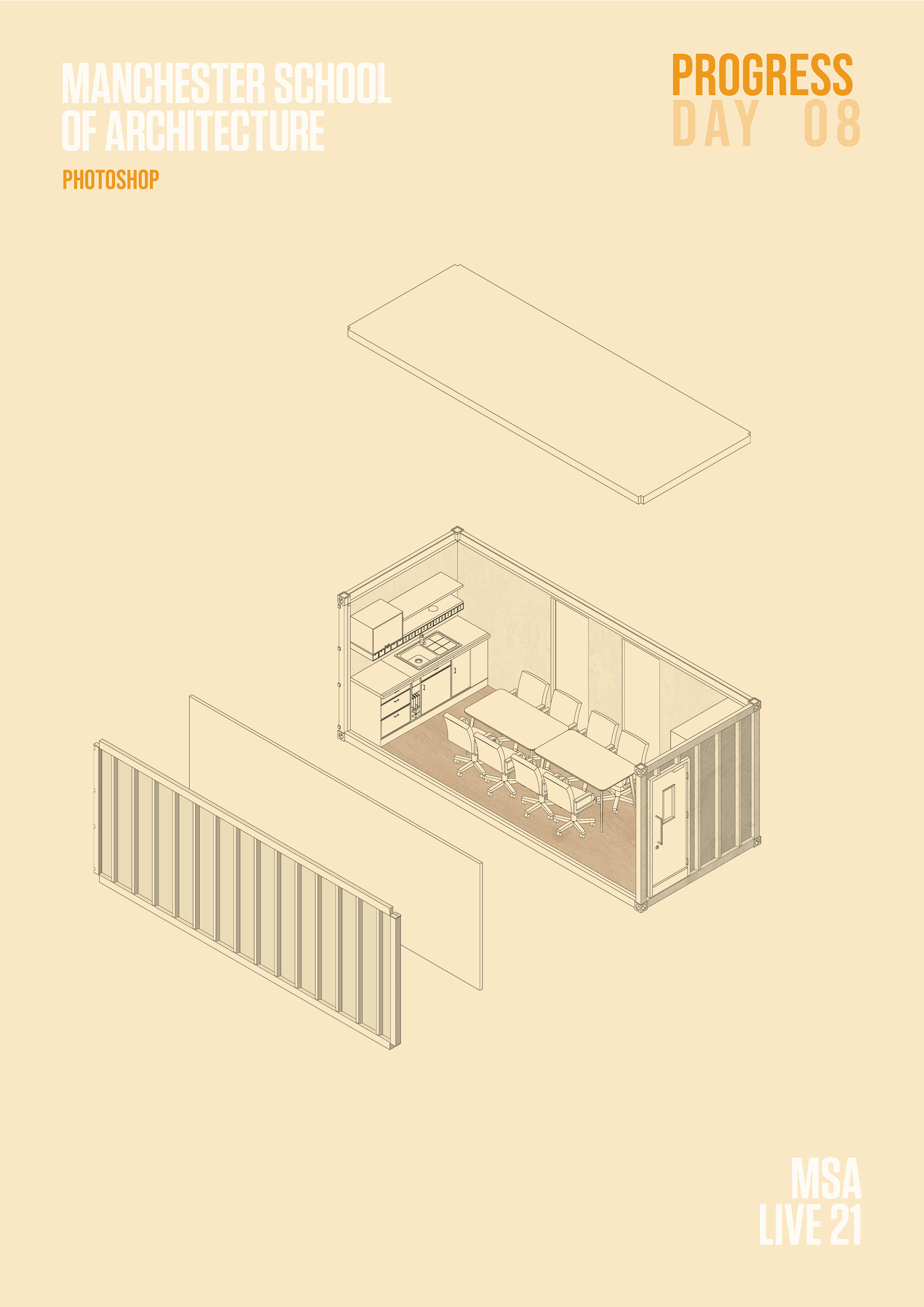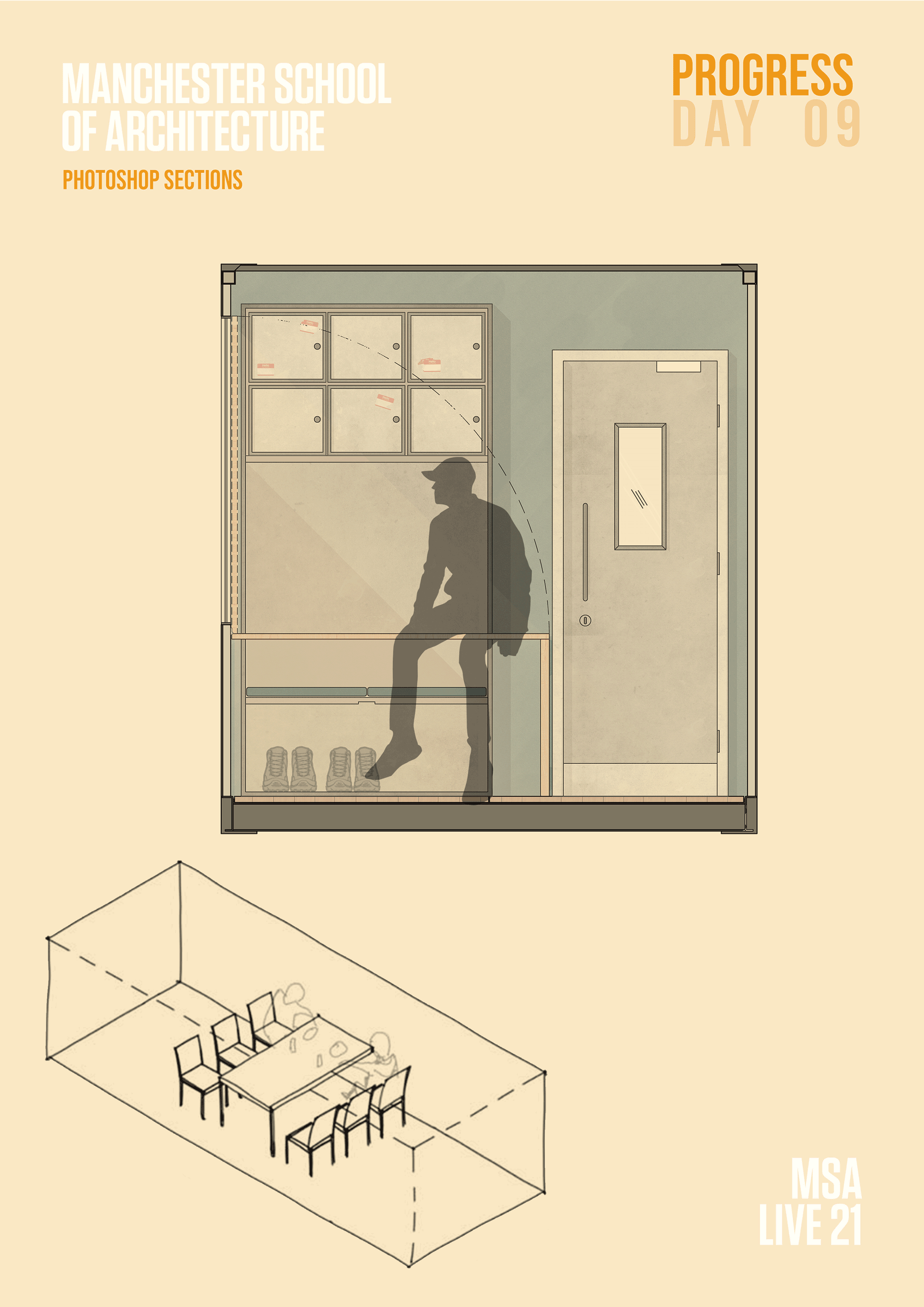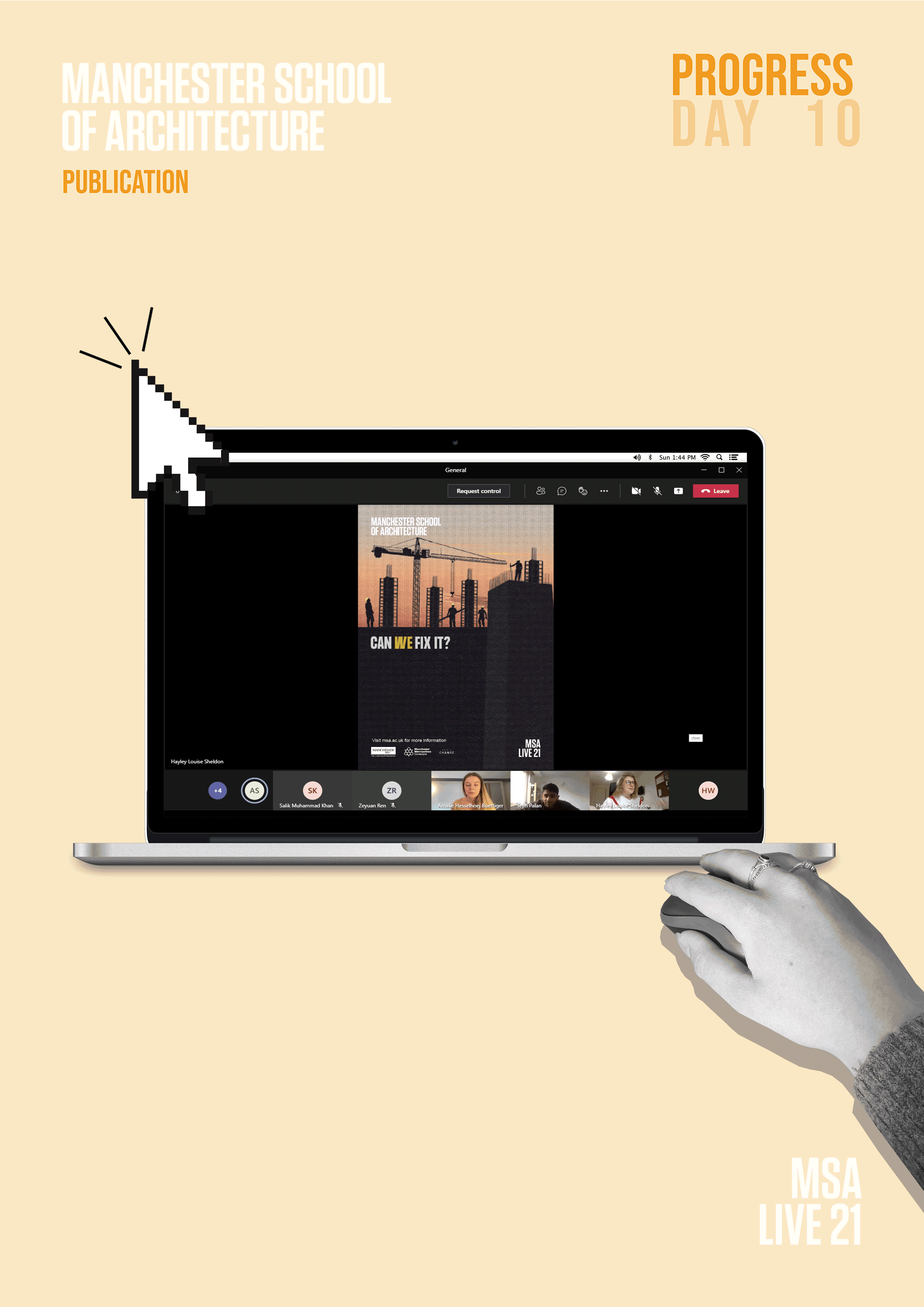MArch Atelier: Praxxis
Part 1 Placement: 2yrs - SimpsonHaugh, Manchester
BA: Manchester School of Architecture (USE)
Interests: Running / Reading / Yoga
Skills: Revit / InDesign
Part 1 Placement: 2yrs - SimpsonHaugh, Manchester
BA: Manchester School of Architecture (USE)
Interests: Running / Reading / Yoga
Skills: Revit / InDesign
Posted 2 Mar 2021 12:53







